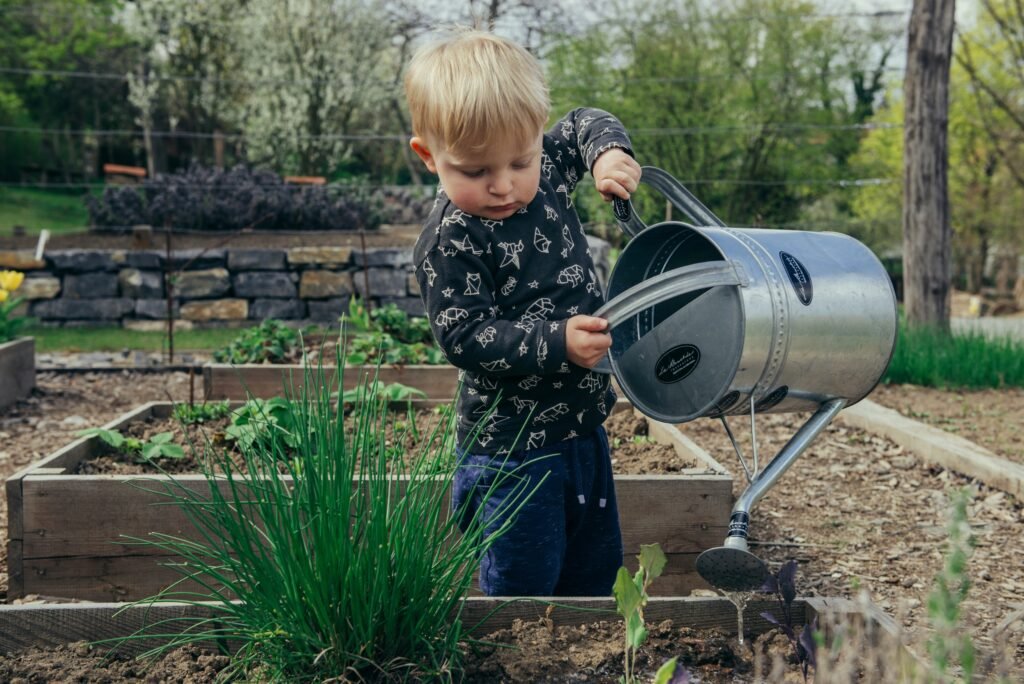Start with Healthy Soil

You’ve probably heard the saying, “You reap what you sow,” but let’s take it a step further: “You grow what you nourish!” Healthy soil is the backbone of a thriving garden. Composting kitchen scraps and yard waste is an age-old trick. It enriches the soil and provides your plants with the nutrients they need to flourish. Plus, it’s eco-friendly!
Rotate Your Crops
Planting the same thing in the same spot year after year? Not a great idea! Our ancestors knew that rotating crops helps prevent soil depletion and keeps pests at bay. Try moving your plants around each season. It might feel like a mini game of Tetris, but it’s worth it for healthier plants!
Companion Planting is Key
Did you know that some plants can actually help each other grow? For example, planting marigolds alongside your vegetables can deter pests. This age-old practice of companion planting not only boosts your garden’s health but can also maximize space. Think of it as your plants having buddies to lean on!
Use Rainwater
Watering your garden with tap water is so last century! Collecting rainwater is a sustainable practice that many gardeners from the past swore by. It’s free, and plants love the natural stuff. Just set up a rain barrel, and you’ll be giving your garden a refreshing drink while saving on water bills!
Mulch, Mulch, Mulch
You might’ve seen piles of wood chips or straw in gardens, but do you know why? Mulching is a fantastic way to keep your soil moist, suppress weeds, and improve its quality over time. It’s like a cozy blanket for your plants, protecting them from harsh weather and helping them retain moisture.
The Power of Herbs

Don’t just plant veggies! Incorporate herbs into your garden. Not only do they enhance your meals, but many herbs also repel pests and attract beneficial insects. Basil, rosemary, and thyme are not just for flavor; they can be your garden’s best friends.
Know Your Planting Zones
Ever heard of the USDA Plant Hardiness Zone Map? It’s your garden’s best ally. Understanding your zone helps you choose the right plants for your area. Historically, gardeners used local knowledge to select plants that thrived in their specific conditions. It’s all about working with what you’ve got!
Go Native
Before there were exotic plants, there were natives! Opting for native plants not only supports local wildlife but also reduces maintenance. They’re already adapted to your climate, meaning less water and fewer pests. It’s like a low-maintenance garden that takes care of itself!
Collect Seeds
Seed saving is a practice as old as gardening itself. Gather seeds from your favorite plants at the end of the growing season, and you’ll have a free supply for next year. Plus, you’ll create a garden that’s uniquely yours. It’s like keeping a little piece of your garden history alive!
Embrace Patience
Gardening isn’t just about planting and waiting for instant results. Our ancestors understood the value of patience. Some things take time—like growing a healthy tree or a beautiful flower bed. Enjoy the process and let nature do its thing; you’ll find it incredibly rewarding!
Learn from Mistakes
Finally, remember that even the best gardeners have their share of mishaps. Whether it’s a plant that didn’t make it or a pest that caused chaos, every mistake is a learning opportunity. Embrace your garden journey, and don’t be afraid to experiment. After all, it’s all part of the adventure!
